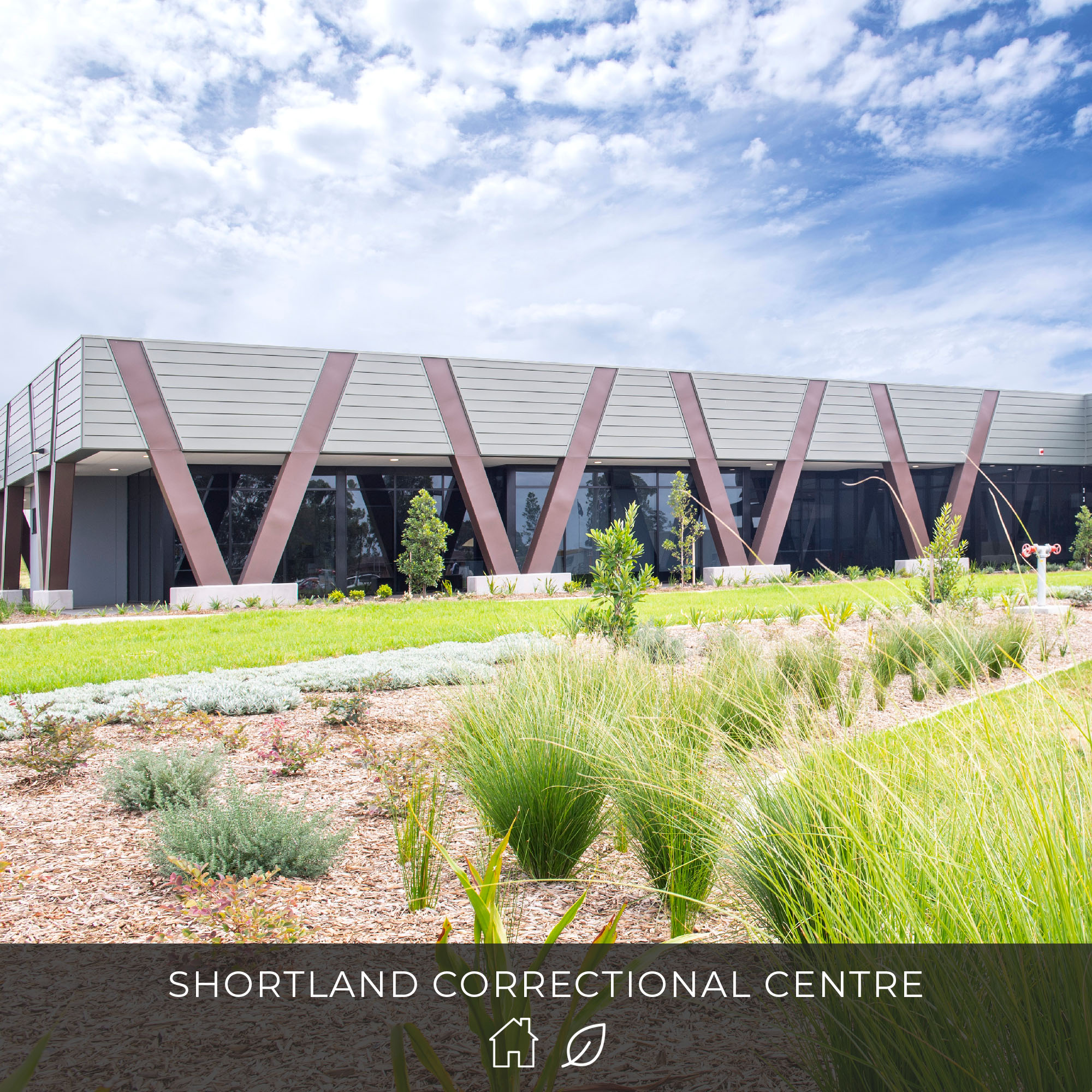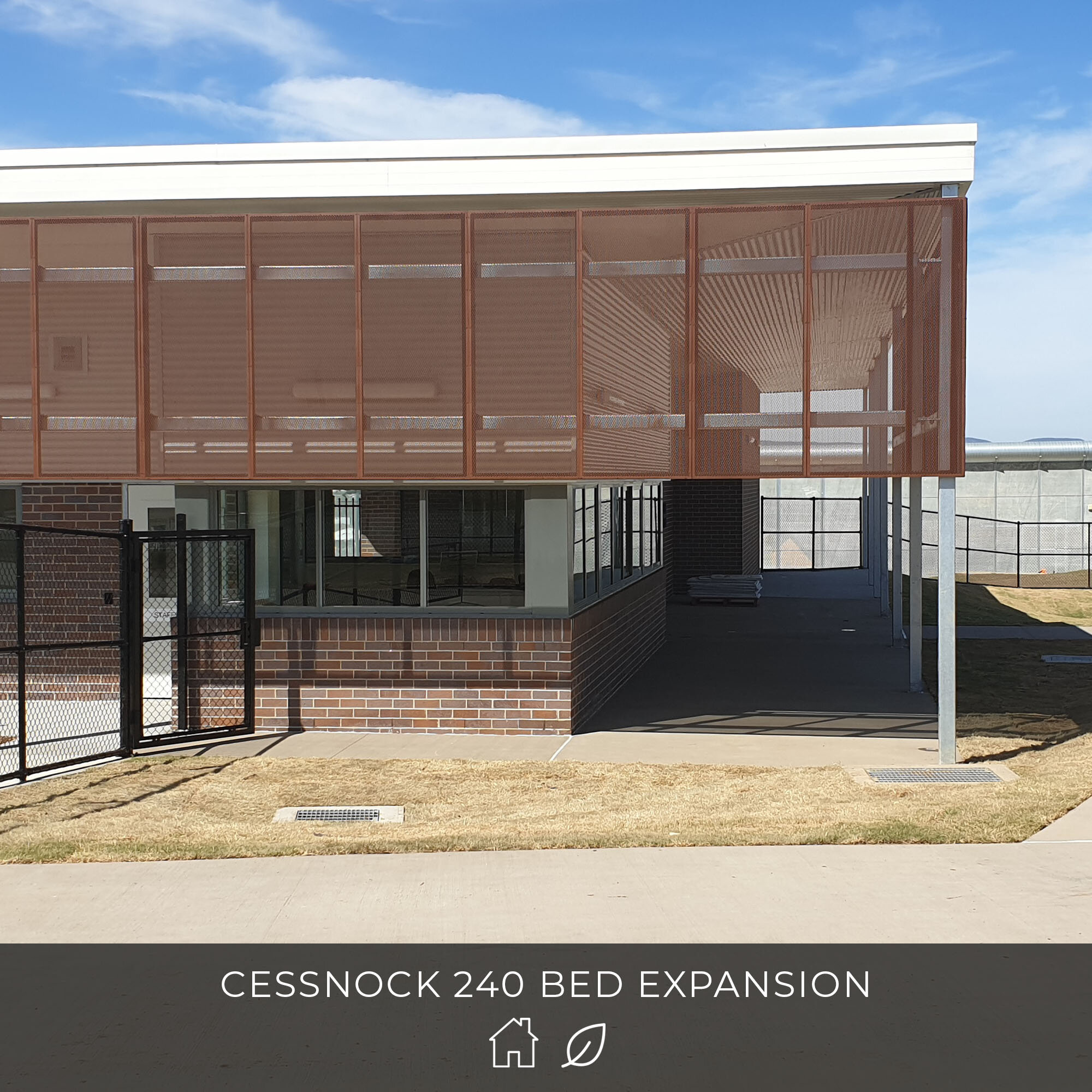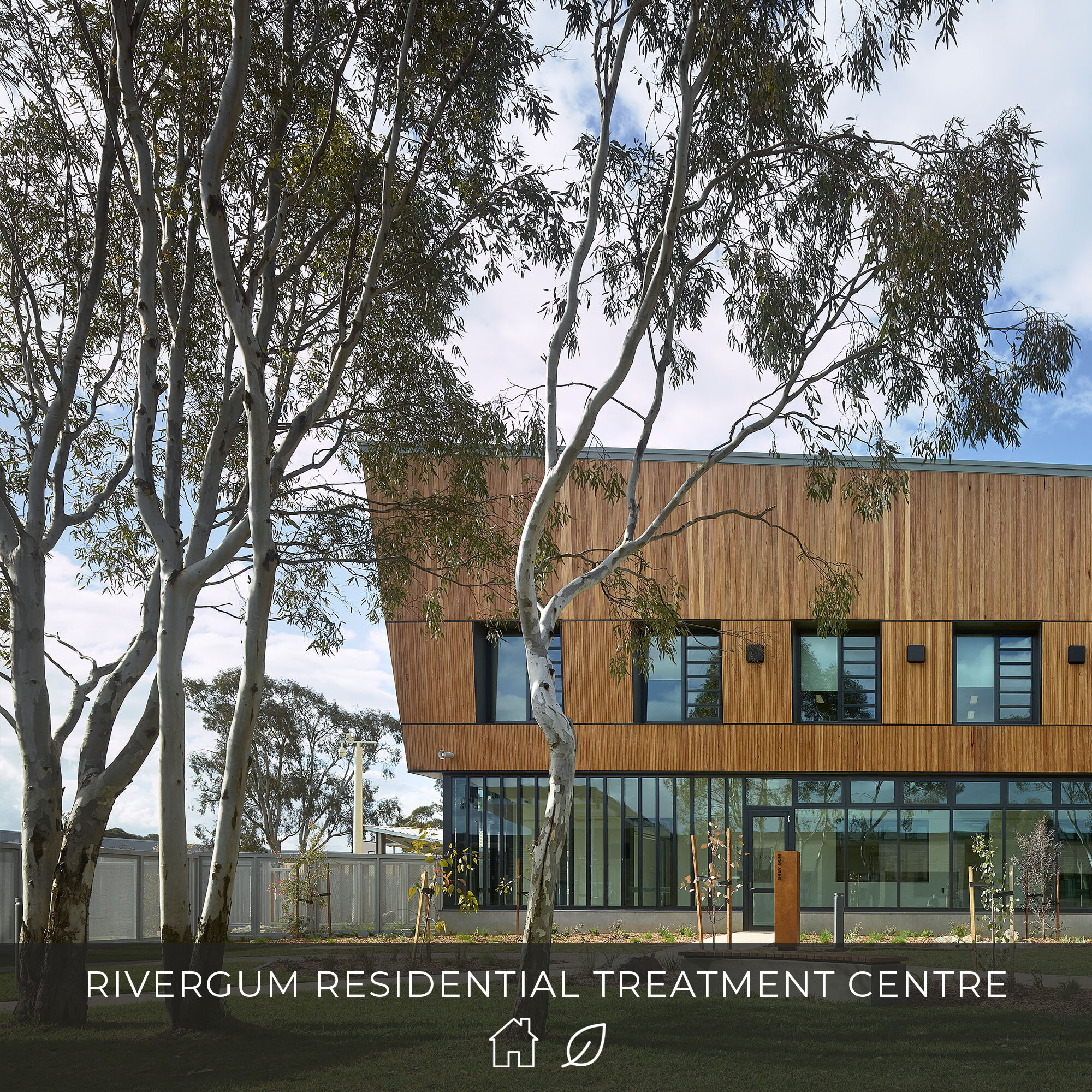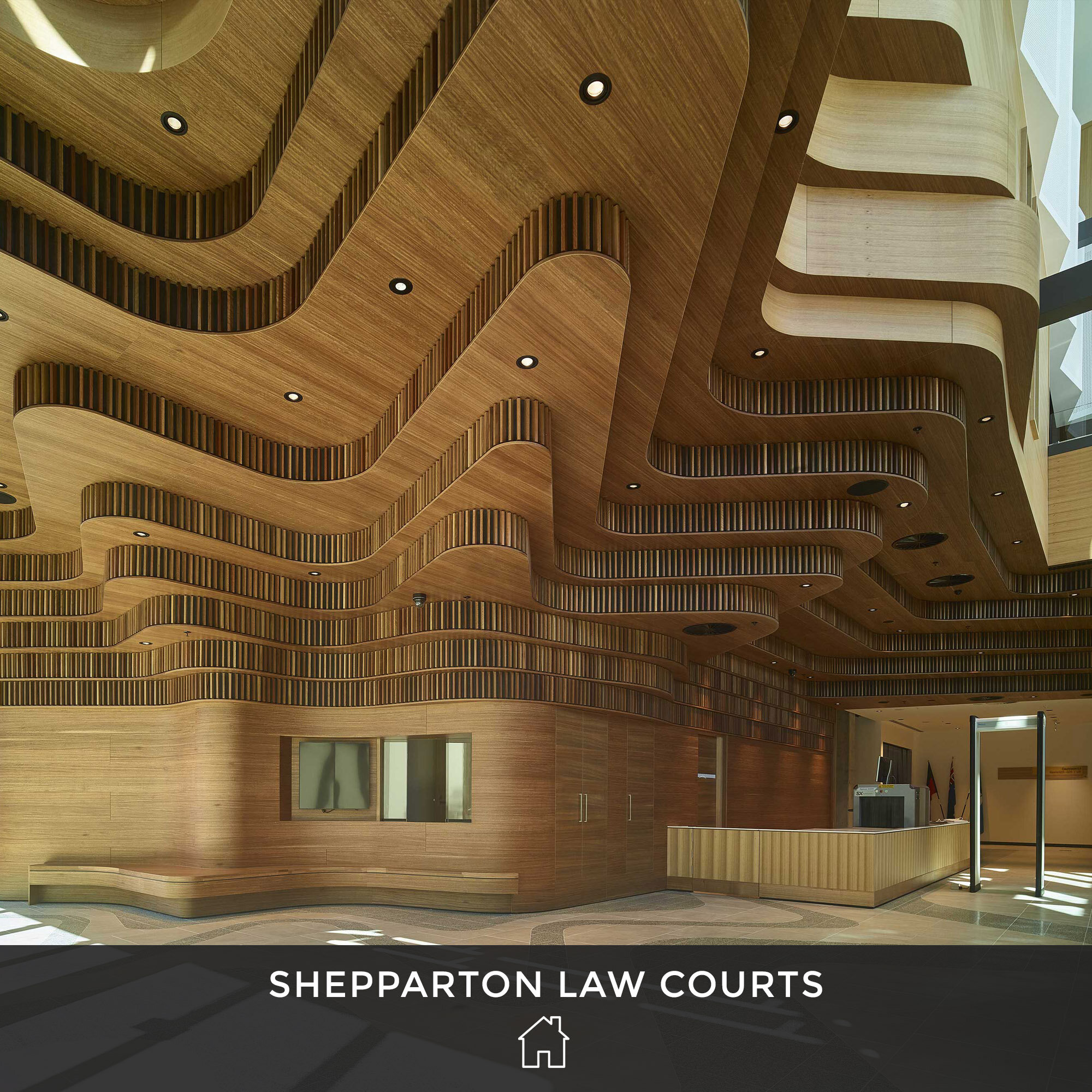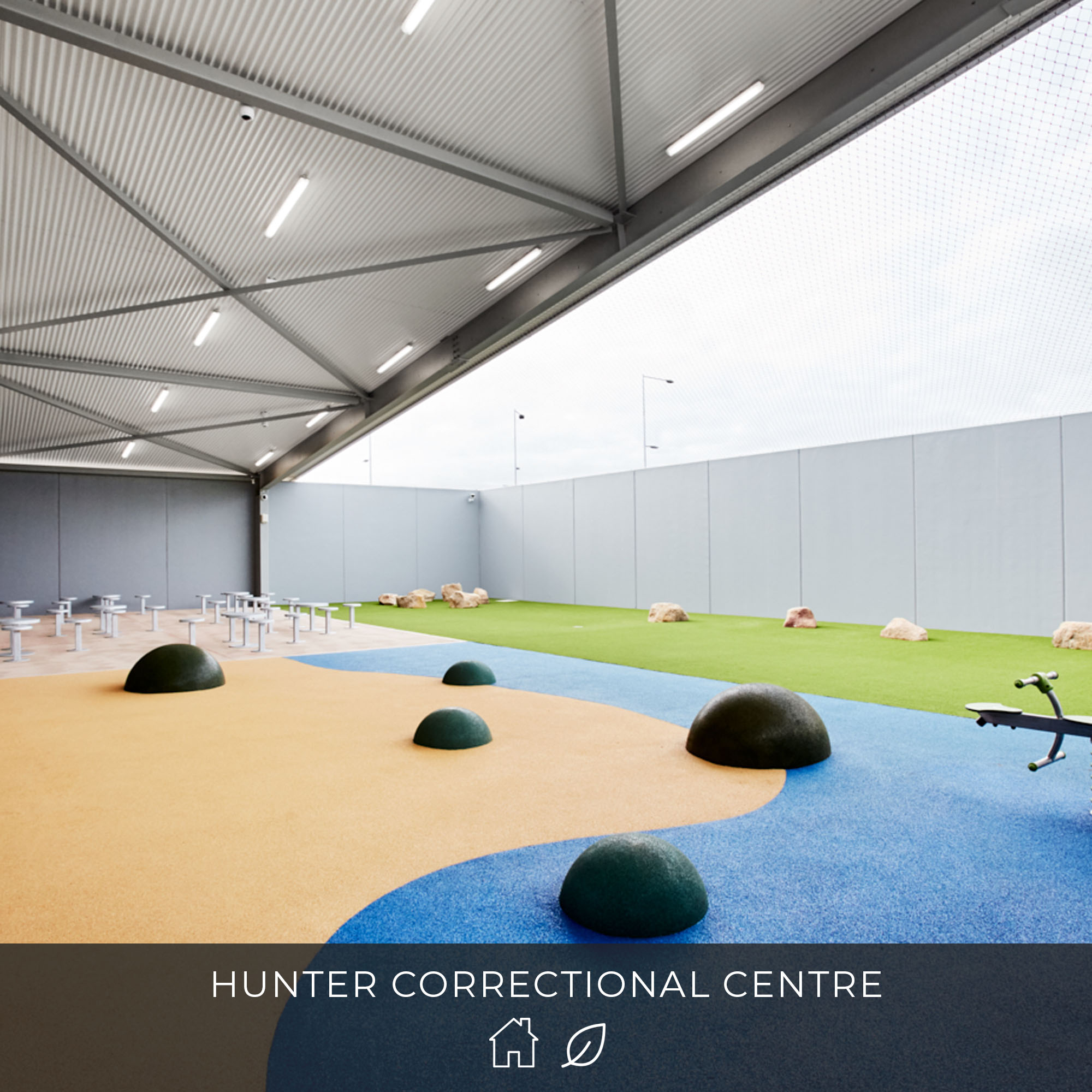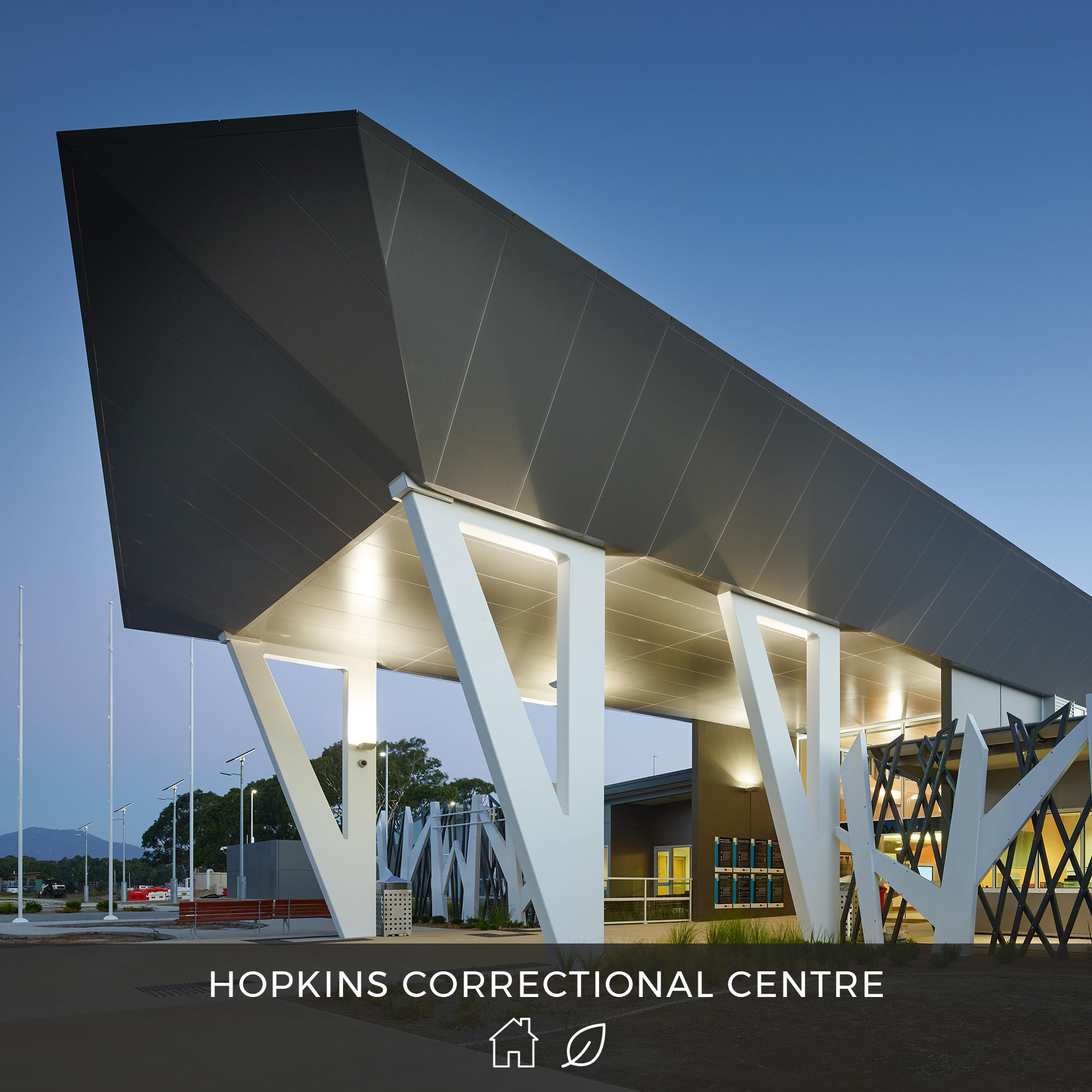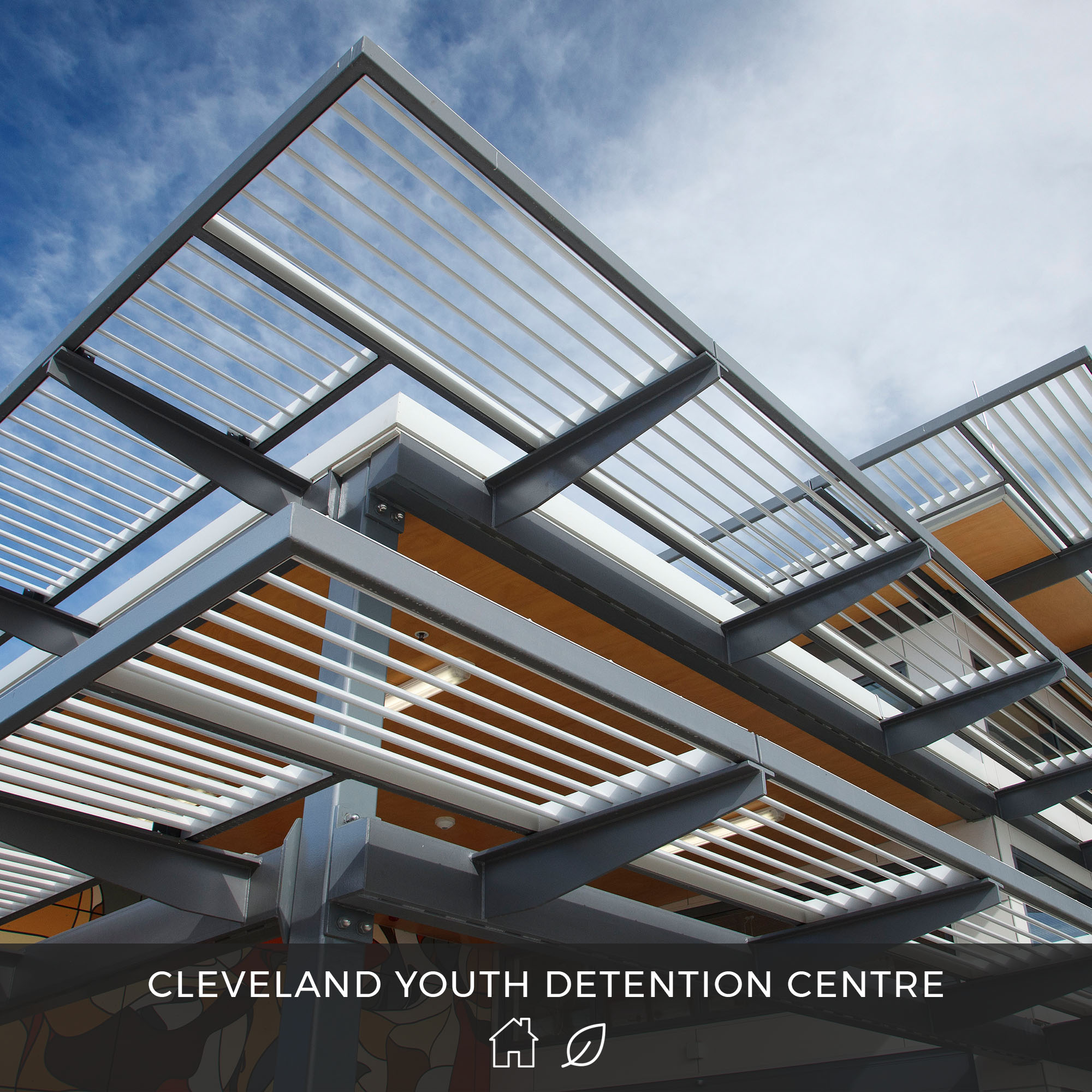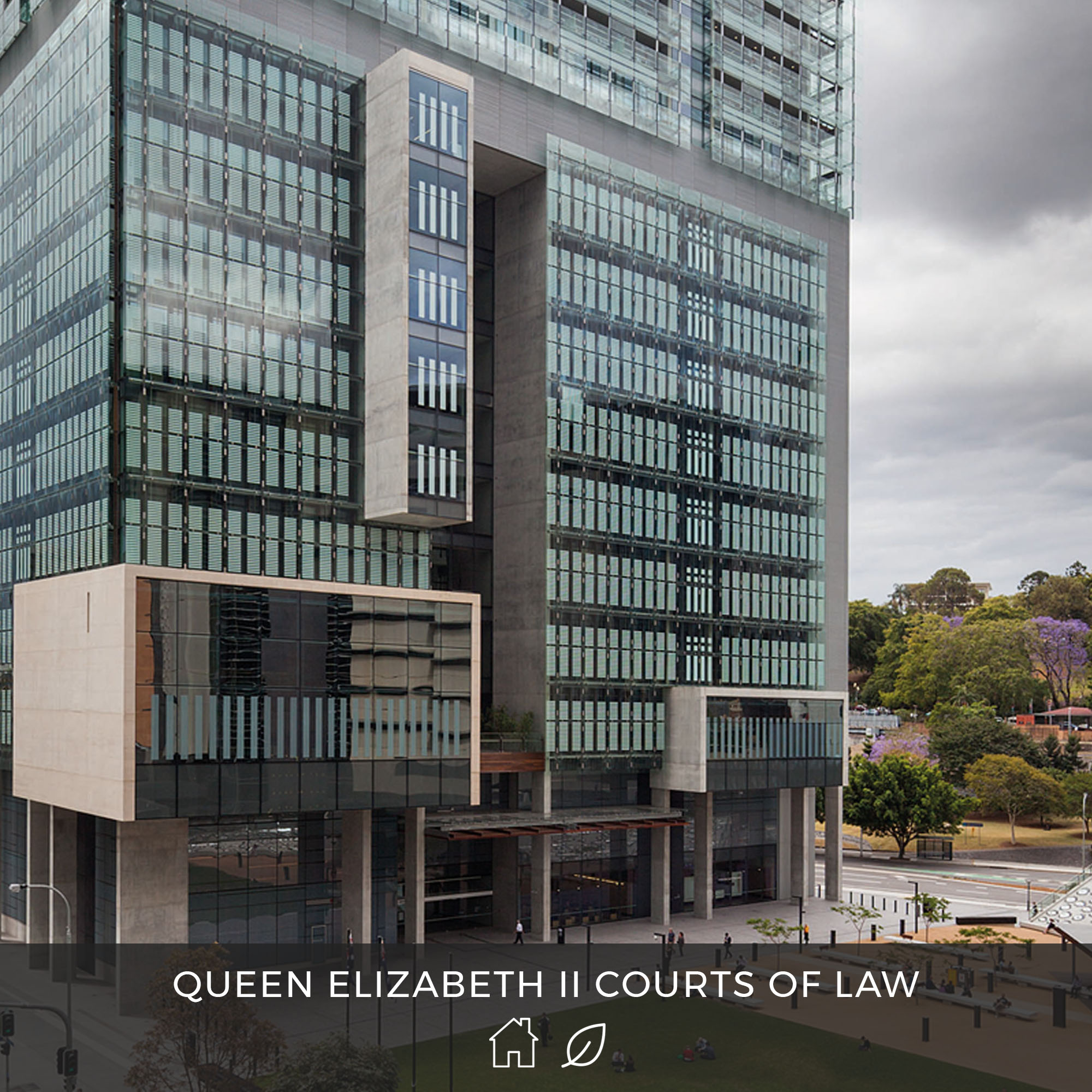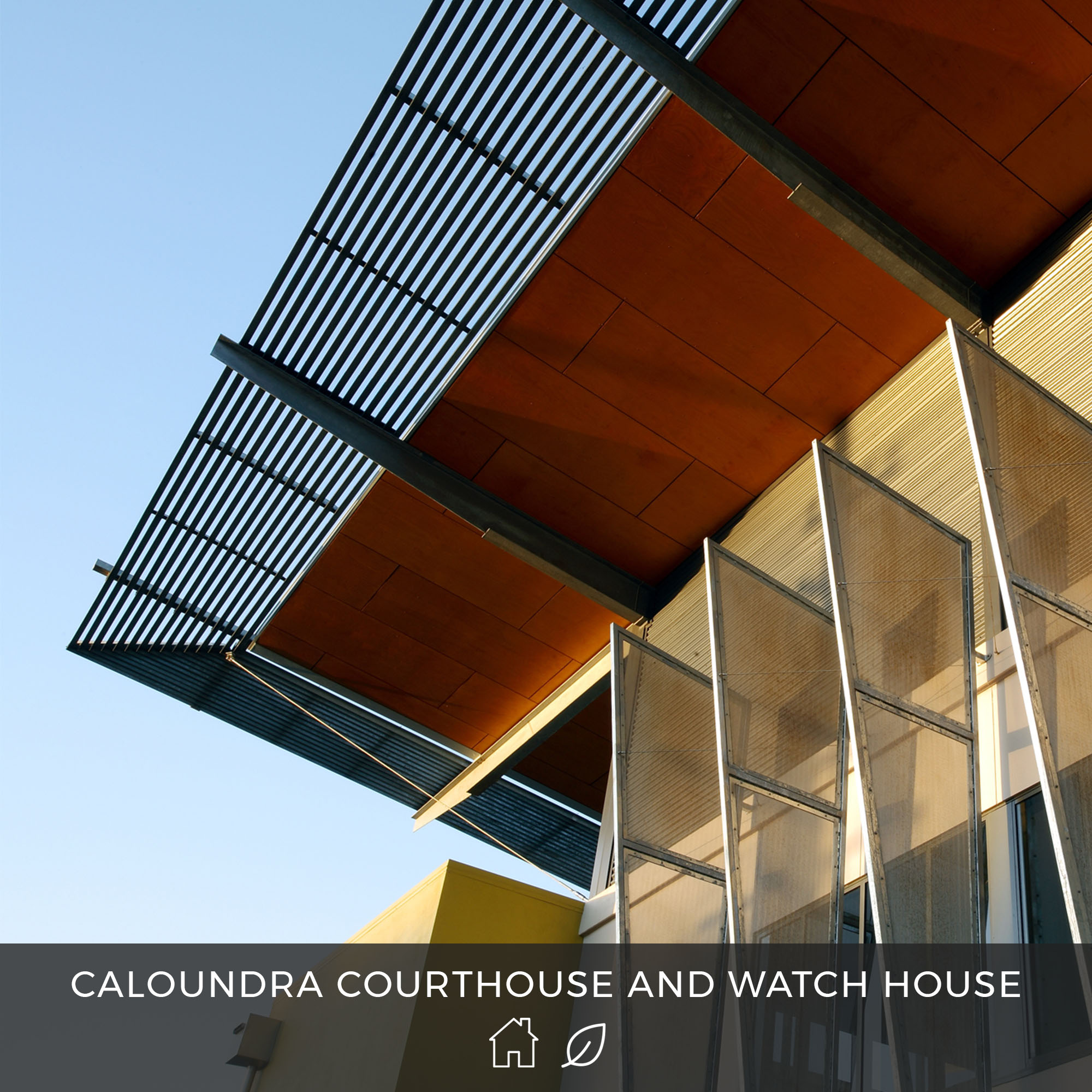With a growing demand on our justice system and prisons, and a desire to improve operations, increase sustainability and create an environment that encourages behavioural change, the justice and corrections sector requires a new form of architecture to meet society’s changing needs.
At Guymer Bailey Architects we are dedicated to helping government departments and private organisations maximise operational efficiency, minimise environmental impact and reduce maintenance through innovative designs that reflect the values of justice, fairness, and rehabilitation.
With longstanding careers in justice and correctional architecture, our team have been responsible for some of Australia’s most notable justice and prison structures and innovations. This experience combined with our passion for sustainability and our close working relationship with clients ensures we provide planning and design strategies that enhance security and generate greater operational savings.
With an innovative yet methodical approach to design, our prison and justice projects consider:
Rehabilitation and reintegration - to facilitate rehabilitation and the reintegration of prisoners back into society, we normalise prison environments as much as possible while still maintaining appropriate levels of security.
Trauma-informed – designs are sensitive to the impact of interpersonal violence and victimisation on an individual’s life and development. This model of care aims to understand the individual within their own social context and increase feelings of safety and hope for recovery by building (or re-building) a sense of control and empowerment.
Complex planning movements – judges, people in custody and members of the public all require different entrances and pathways into and throughout court buildings. Our designs consider the complex planning movements in clear and defined routes.
Operational efficiency – designs are responsive to your needs, requirements, and operations to minimise disruption and maximise efficiency.
Sustainability – decreasing operational costs and minimising environmental impact are significant considerations in our designs. We maximise natural light and ventilation to reduce heating and cooling costs and where possible we utilise low energy embodied materials and sustainable construction materials. For larger projects, we also look at ways to capture water and generate power to produce significant savings and environmental benefits over time.
Health and cultural needs – with a substantial amount of the prison population ageing, we take into consideration the mental and physical health of inmates. We are also sensitive to different cultural needs, offering flexible and adaptable spaces and visits centres to allow for different family structures and larger family visits.
Transparency and openness – drawing on the values of transparency and openness we utilise building orientation, open planning, natural sunlight, and interaction with the outside to communicate lightness and accessibility while still providing privacy.
Durable building materials – we choose the right selection of building materials for sustainability, durability, and robustness to increase the longevity of buildings, prevent damage, enhance security, and avoid harm.
Interaction with the landscape – understanding interaction with the outside environment is an important part of maintaining openness in the justice sector and allowing for employment and rehabilitation in corrections, our landscape designs consider aesthetics, usage, safety, and sustainability.


